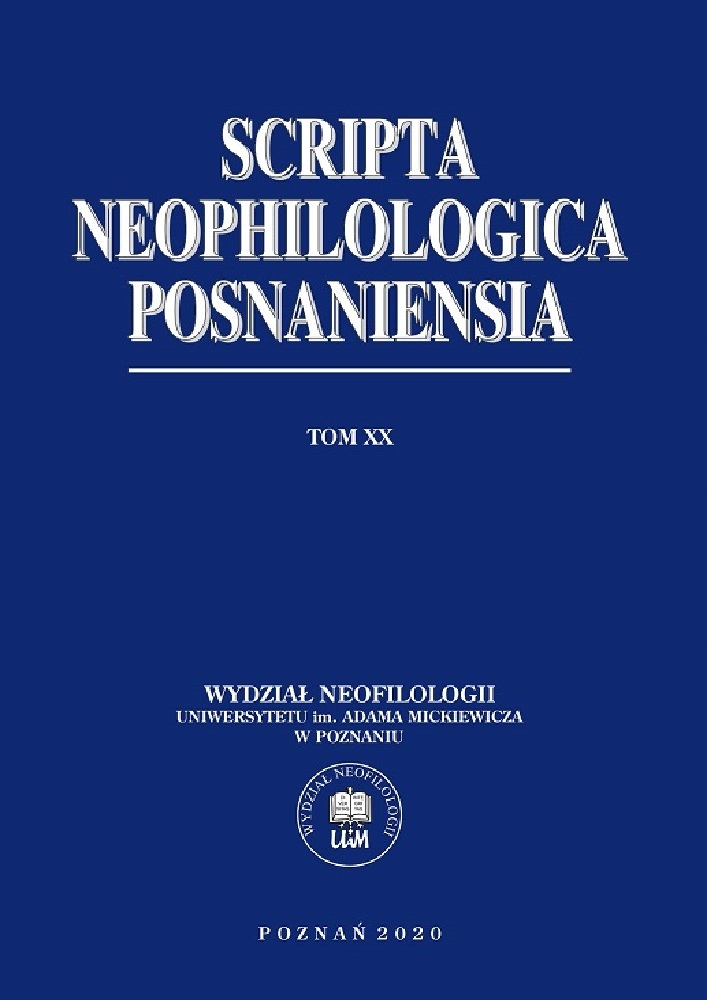Abstract
The following is a proposition paper whose purpose is to try to provide a solid theoretical (modelling) background for research on image generation and image maintenance. As such, it is intentionally devoid of any experimental/empirical findings. And although we agree that model-reasoning is difficult to observe, we nevertheless utterly agree with Rosenblueth and Wiener’s stance according to which ‘scientific knowledge consists of a sequence of abstract models, preferably formal, occasionally material in nature (Rosenblueth/Wiener, 1945,320), who further also stated that ‘the ideal model would be one which would cover the entire universe’ (Rosenblueth/Wiener, 1945,320). We are, of course, convinced that material substance can and should be provided later on as research continues to accrue with reference to the model(s) proposed.
General assumptions which are put forth in the paper are the following:
1. image is pervasive in nature; in fact, in humans it is more pervasive than language. This is due to the fact that the visual-tactile modality is of fundamental significance in the daily conduct of the human species (see e.g. Fletcher, 1952; Pirenne, 1967; Schiffman, 1982; Gordon, 1989; Sekuler/Blake, 1994).
2. Owing to its pervasiveness, image may be approached holistically, that is, it may be likened to life, especially to its exteriorization within the bounds of the material and perceiving/acting human body.
3. The paper is based on some general theoretical orientations which may be summarized as the following:
– material positivism: within this orientation, the subject matter of research is the universal occurrence of embodiment/entitiation and its consequences, dialectical constructivism: within this orientation, a human agent as an embodied entity/organism is assumed to be involved in a continuous process of constructing and changing images.
References
Aristotle. 1953. Metaphysics. Oxford: Oxford University Press.
Barnes, J. (ed.). 2015. The complete works of Aristotle: the revised Oxford translation, one-volume digital edition. Princeton, N.J.: Princeton University Press.
Fletcher, H. 1952. Speech and hearing. (Revised edition). New York: van Nostrand.
Gordon, I.E. 1989. Theories of visual perception. New York: Wiley and Sons.
Howard, D.J. and S.H. Berlocher. 1998. Endless forms: species and speciation. Oxford/New York: Oxford University Press.
Kant, I. 1998. Critique of pure reason. Cambridge: Cambridge University Press.
Pirenne, M.H. 1967. Vision and the eye. London: Chapman and Hall.
Puppel, J. 2016. „Wskaźnikowość twarzy ludzkiej: krótki przegląd problematyki (Indexicality of the human face: a brief survey)”. Scripta Neophilologica Posnaniensia XVI. 201–206.
Puppel, S. 2009. “Remarks on the sustainability of natural languages in the cultural-institutional perspective”. In: Puppel, S. and M. Bogusławska-Tafelska. (eds.). New pathways in linguistics 2009.
Olsztyn: Uniwersytet Warmińsko-Mazurski. 275–286.
Puppel, S. 2016a. “Kuźnia Hefajstosa czyli krótki zarys teorii wizerunku w komunikacji człowieka” (The forge of Hephaistos, or a brief outline of the theory of image in human communication). Scripta Neophilologica Posnaniensia XVI. 109–124.
Puppel, S. 2016b. “The politics of performativity in transcommunication and its communicative fitness: towards a general outline”. Scripta Neophilologica Posnaniensia XVI. 99–108.
Puppel, S. 2017. ECOLI[S]2 Essays and notes on ecolinguistic synergy and synthesis. Poznań: Zakład Graficzny UAM.
Rosenblueth, A. and N. Wiener. 1945. “The role of models in science”. Philosophy of Science. 12.4. 316–321.
Schiffman, H.R. 1982. Sensation and perception. 2nd ed. New York: Wiley and Sons. Sekuler, R. and R. Blake. 1994. Perception. New York: McGraw-Hill.
Watzl, S. 2017. Structuring mind. The nature of attention and how it shapes consciousness. Oxford: Oxford University Press.
